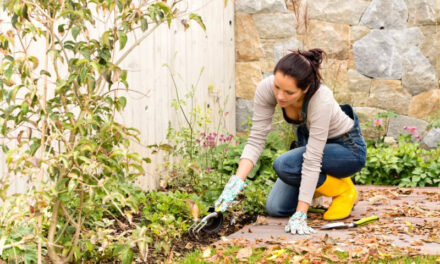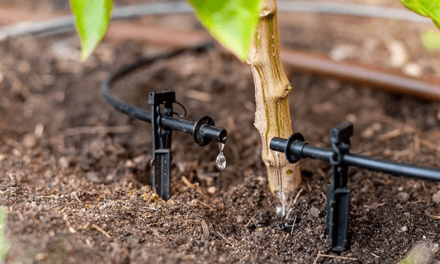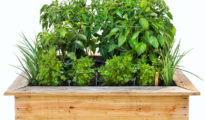Root rot is a common problem that affects many types of plants, including houseplants, vegetables, trees, and shrubs. It is caused by a variety of fungi and can be difficult to treat once it takes hold. In this blog post, we will explore the causes of root rot, the symptoms to look out for, and the best methods for prevention and treatment.
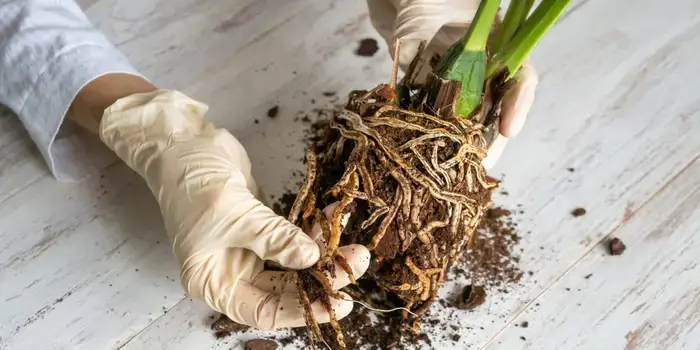
What is root rot?
Root rot is a fungal disease that affects the roots of plants. It is caused by several different types of fungi, including Pythium, Phytophthora, and Rhizoctonia. These fungi attack the roots of plants, causing them to rot and eventually die. Once the roots are infected, the plant is unable to absorb water and nutrients, leading to stunted growth and eventually death.
Causes of root rot
There are several different causes of root rot, including overwatering, poor drainage, soil compaction, and fungal infections. Overwatering is one of the most common causes of root rot. When plants are watered too frequently or the soil is kept too wet, it can create a perfect environment for fungi to grow and thrive. Poor drainage can also lead to root rot, as it can cause water to accumulate in the soil, leading to waterlogged roots. Soil compaction can also contribute to root rot, as compacted soil can prevent water and air from reaching the roots.
Symptoms of root rot
The symptoms of root rot can vary depending on the type of plant and the severity of the infection. In general, the first sign of root rot is wilting and yellowing of the leaves. The leaves may also appear to be drooping or limp, and the plant may stop growing altogether. As the disease progresses, the roots will begin to rot, and the plant may develop a foul odor. Eventually, the plant will die.
Prevention of root rot
Preventing root rot is much easier than treating it, and there are several steps you can take to minimize the risk of infection. The first step is to ensure that the plant is growing in well-draining soil. This will prevent water from accumulating around the roots and reduce the risk of fungal growth. You should also avoid overwatering the plant and make sure to water it only when the soil is dry to the touch. It is also important to avoid compacting the soil around the roots, as this can prevent water and air from reaching the roots.
Treatment of root rot
If you suspect that your plant has root rot, the first step is to remove it from its pot and inspect the roots. If the roots are black, slimy, and smell foul, then it is likely that your plant has root rot. In some cases, it may be possible to salvage the plant by cutting away the infected roots and repotting it in fresh soil. However, if the infection is severe, it may be best to discard the plant and start over with a new one.
Understanding the Different Types of Root Rot Fungi
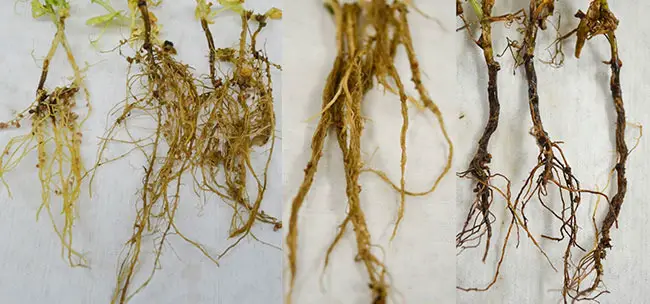
As mentioned earlier, there are several different types of fungi that can cause root rot. Each of these fungi has its own unique characteristics and can affect different types of plants. Understanding the different types of root rot fungi can help you to identify the problem and take the necessary steps to treat and prevent it. Some of the most common types of root rot fungi include Pythium, Phytophthora, and Rhizoctonia.
The Importance of Good Drainage in Preventing Root Rot
Good drainage is one of the most important factors in preventing root rot. When the soil around the roots becomes waterlogged, it creates the perfect environment for fungal growth. This is why it is important to ensure that the plant is growing in well-draining soil, and to provide adequate drainage in the pot or container. There are several ways to improve drainage, such as adding coarse sand, perlite, or vermiculite to the soil mix. You can also use pots with drainage holes, and avoid allowing water to sit in the saucer or tray underneath the pot.
Overwatering and Root Rot: What You Need to Know
Overwatering is one of the most common causes of root rot. When plants are watered too frequently or the soil is kept too wet, it can create a perfect environment for fungi to grow and thrive. It is important to understand the watering needs of your plants, and to water them only when the soil is dry to the touch. This can vary depending on the plant, the size of the pot, and the environment in which it is growing. In general, it is better to underwater than to overwater, as most plants can tolerate a short period of drought, but cannot recover from root rot.
Soil Compaction and Root Rot: How to Avoid It
Soil compaction can also contribute to root rot, as compacted soil can prevent water and air from reaching the roots. This can be a problem in areas with heavy foot traffic, or in pots or containers that have been left undisturbed for a long period of time. To avoid soil compaction, it is important to loosen the soil around the roots periodically, either by gently scratching the surface of the soil with a fork, or by repotting the plant in fresh soil.
How to Identify and Treat Root Rot in Plants
Identifying root rot can be difficult, as the symptoms can vary depending on the plant and the severity of the infection. In general, the first sign of root rot is wilting and yellowing of the leaves. The leaves may also appear to be drooping or limp, and the plant may stop growing altogether. To confirm a diagnosis of root rot, it is important to inspect the roots of the plant. If the roots are black, slimy, and smell foul, then it is likely that your plant has root rot. If caught early, it may be possible to salvage the plant by cutting away the infected roots and repotting it in fresh soil. However, if the infection is severe, it may be best to discard the plant and start over with a new one.
Natural and Chemical Treatments for Root Rot
There are several treatments available for root rot, both natural and chemical. Natural treatments include applying beneficial microbes to the soil, such as mycorrhizal fungi or beneficial bacteria, which can help to suppress fungal growth and improve soil health. Other natural treatments include using neem oil, cinnamon, or hydrogen peroxide to treat the soil and roots. Chemical treatments include fungicides, which can be effective in treating severe infections. However, it is important to read and follow the label instructions carefully, as some fungicides can be toxic to plants and humans if not used properly.
Preventing Root Rot in Houseplants
Houseplants are particularly vulnerable to root rot, as they are often grown in containers and are subject to overwatering and poor drainage. To prevent root rot in houseplants, it is important to choose the right potting mix, with good drainage and aeration. It is also important to choose the right pot size, with adequate drainage holes, and to avoid allowing water to accumulate in the saucer or tray underneath the pot. In addition, it is important to water the plant only when the soil is dry to the touch, and to avoid using decorative pot covers that can trap moisture.
Root rot is a common problem that can affect many types of plants, both indoors and outdoors. However, with the right knowledge and preventative measures, it is possible to avoid and treat root rot effectively. By choosing the right soil, providing adequate drainage, avoiding overwatering and soil compaction, and monitoring for signs of infection, you can help ensure that your plants stay healthy and thrive.
In summary, here are some key takeaways:
- Root rot is a fungal infection that affects the roots of plants, leading to wilting, yellowing, and stunted growth.
- It is caused by overwatering, poor drainage, soil compaction, and other factors that create a damp, humid environment for fungi to grow.
- To prevent root rot, it is important to choose the right soil, provide adequate drainage, avoid overwatering, and loosen the soil periodically to prevent compaction.
- If you suspect your plant has root rot, inspect the roots for signs of infection and treat as necessary with natural or chemical treatments.
- Houseplants are particularly vulnerable to root rot, so it is important to take extra precautions with them, such as choosing the right potting mix and pot size, and avoiding decorative pot covers that can trap moisture.
By following these tips and taking good care of your plants, you can help prevent root rot and ensure that your plants thrive for years to come.


